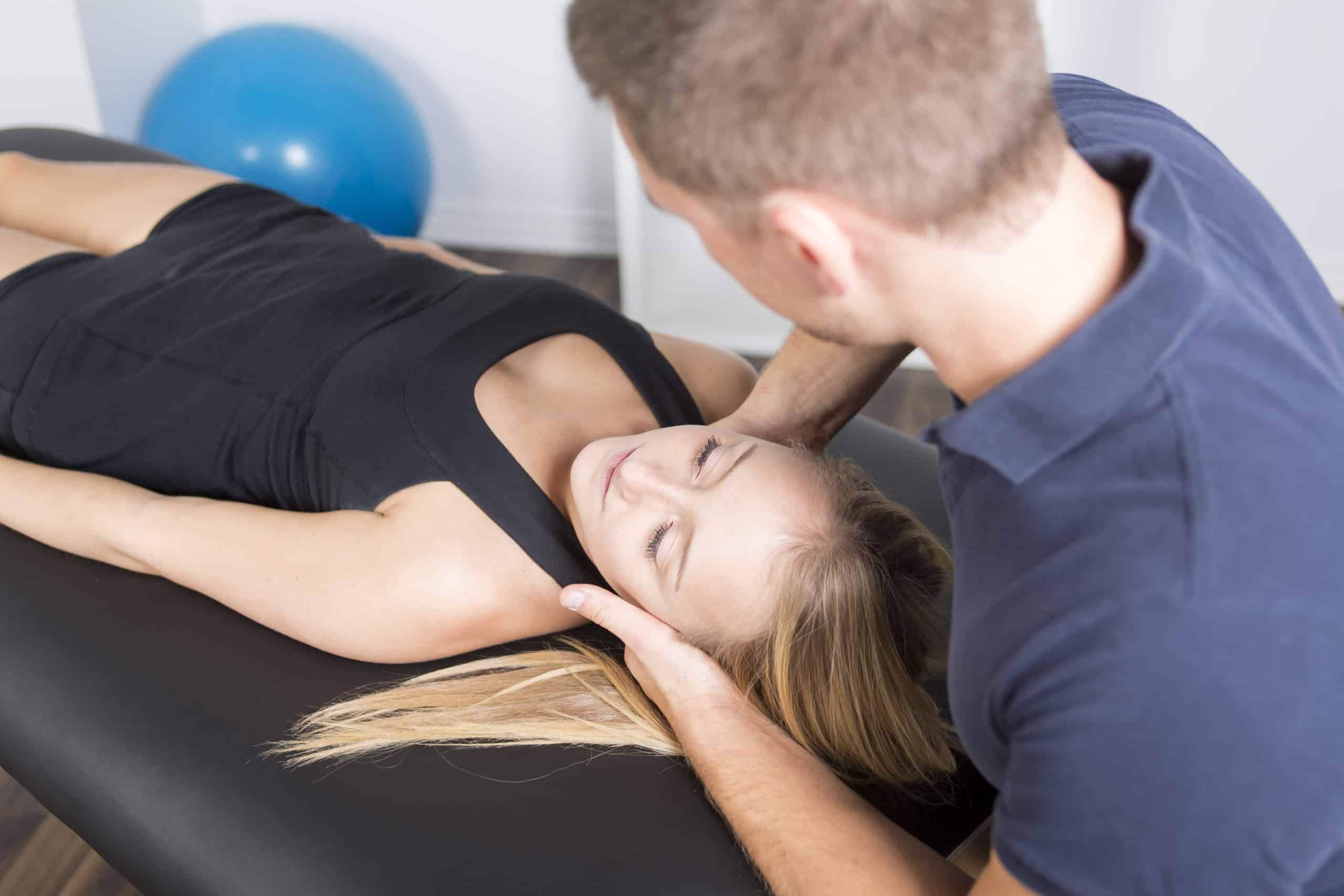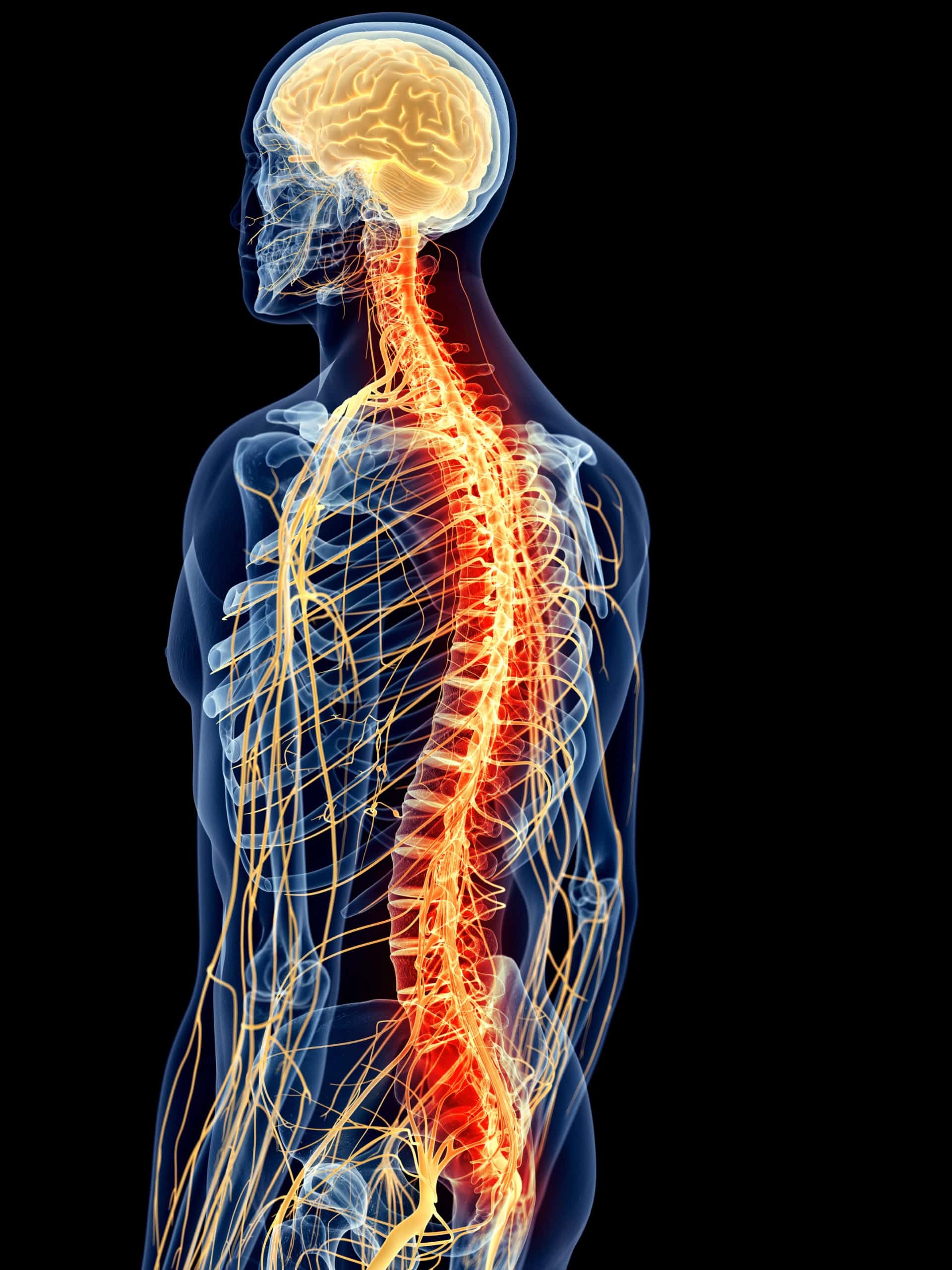Craniosacral Therapy
What is Craniosacral Therapy?
A light-touch, whole-body treatment technique works with the body’s craniosacral system to support and nourish the central nervous system — improving overall health, chronic pain and well-being
A complementary method of hands-on bodywork; works with the natural and unique rhythms of the different body systems to pinpoint and address problem sources.
Helps to alleviate the aches, pains and strains of life; improves coping mechanisms to allow for better management of stress.
Improves the body’s ability to self-care; can produce profound, positive changes.

On a surface level, the craniosacral therapy cst practitioner works with the bones of the skull and the pelvis. This affects, in turn, the deeper layers of membranes and cerebrospinal fluids in the spinal canal, the brain, and the spinal cord itself. Why is this important?
A pulse through the fluid pressure proceeds through the entire craniosacral system, like a tidal wave, from the sutures in the skull to the spinal cord. When the membranes and lubricating liquids lose their freedom to glide freely, we hurt and symptoms start. Craniosacral therapy can be used as a complementary therapy or stand-alone treatment for chronic pain or long-term side effects.
2 Types of Craniosacral Therapy

CranioSacral Therapy (CST)
Craniosacral Therapy recognizes the rhythmic movement of the central nervous system and the healing potential of the cerebrospinal fluid.
Biodynamic Craniosacral Therapy (BCST)
Biodynamic Craniosacral Therapy extends the CST model to include all the fluid sub-compartments as one entity called the ‘fluid body’.
About Biodynamic Craniosacral Therapy
It is characterized by a strong orientation to the holism of the human experience where both the body’s anatomy and physiology are related in real-time with the subtle forces of life that act through the interface of the body’s fluids in conjunction with the central nervous system. Subtle movements in the body’s fluid and tissue fields are being listened for and the natural movement towards stillness is seen as deeply healing.
The practitioner is interested in facilitating the body towards intrinsic reorganizations across the body’s tissues, its fluid matrix and its energetic and emotional layers so that there is a holistic movement towards greater health. Listening to the body through craniosacral touch can bring a reorganization that is physiological, psychological and energetic. Stress and anxiety are also reduced and the client often experiences greater relaxation.
Who can Benefit
Practitioners generally work with a wide variety of clients. The therapy is gentle which allows it to be used during pregnancy, after childbirth, with newborns, young children, adults and the elderly. Clients seek treatment for an extensive range of symptoms including pain, fatigue, stress-related conditions as well as difficulties with sleep and digestive issues. Other clients are interested in improving general physical, mental and emotional well-being.
The effects of craniosacral therapy often shows clients that experience more resilience, energy, calmness and mental clarity. After a series of treatments, many people notice an improvement in their symptoms, experience greater vitality and a sense of well-being.
Clients report
- A reduction in pain
- Better overall health and improved immunity
- Improved sleep and digestion
- Feeling more energetic
- Feeling calmer and more relaxed
- Coping better with stressful situations
- Improved body awareness
- Feeling more connected and aware
Conditions which can benefit from Biodynamic Craniosacral Therapy
The list of conditions that may benefit from this therapy is long and comprehensive, as most imbalances, whether physical, emotional or spiritual in origin, respond to Biodynamic Craniosacral Therapy. The following is a selection from the many conditions, which respond favorably.
- Allergies
- Arthritis
- Asthma/Bronchitis
- Autism
- Back Pain
- Birth Trauma
- Bladder conditions
- Bone disorders
- Breathing disorders
- Cerebral Palsy
- Chronic Fatigue
- Colic
- Dental/jaw/TMJ trauma
- Depression
- Digestive problems
- Emotional issues
- Exhaustion
- Fibroids
- Fluid retention
- Headaches
- Hormonal problems
- Hyperactivity
- High blood pressure
- Infertility
- Insomnia/sleep disorders
- Joint disorders
- Low immunity
- Menstrual pain
- Migraines
- Morning sickness
- Muscular pain
- Nervous disorders
- Neuralgia
- Postnatal depression
- Premature birth
- Sciatica
- Sinusitis
- Sprains/strains
- Stress
- Stroke
- Visual problems
About Craniosacral Therapy (CST)
The Craniosacral system has a rhythm that can be detected by a trained therapist through a light touch. The rhythm travels throughout the body and the stress can be targeted if the rhythm is disrupted.
Treatment uses a gentle hands-on therapy that improves and develops the function of the membranes and the cerebral spinal fluid between the brain and the spinal cord. Special techniques involving the bones of the head, the spinal column, the sacrum, and the underlying structures are used to release restriction of the soft tissues that surround the central nervous system and release obstruction in these areas to restore normal function and relieve pain and tension.
By quietly resting the hands-on your skull and sacrum, the therapist evaluates your craniosacral rhythms. This in itself can create a shift in energy. Sometimes, the therapist’s hands become aware of places along the column where energy is stuck or heated. They then use the bones of the sacrum and cranium as “handles” to manipulate the deeper layers of fluid and membranes. No instruments or devices are used.
Who can Benefit
By facilitating the body’s natural and innate healing processes, CST is increasingly used as a preventive health measure for its ability to bolster resistance to disease, and is effective for helping people with a wide range of healthcare challenges associated with pain and dysfunction, including:
- Alzheimer’s Disease and Dementia
- Autism
- Central Nervous System Disorders
- Chronic Fatigue
- Chronic Neck and Back Pain
- Colic
- Concussions and Traumatic Brain Injuries
- Emotional Difficulties
- Fibromyalgia and other Connective-Tissue Disorders
- Infantile Disorders
- Learning Disabilities
- Migraine Headaches
- Motor-Coordination Impairments
- Neurovascular or Immune Disorders
- Orthopedic Problems
- Post-Surgical Dysfunction
- Post-Traumatic Stress Disorder
- Spinal Cord Injuries
- Scoliosis
- Stress and Tension-Related Problems
- Temporomandibular Joint Syndrome (TMJ)
Which Craniosacral Therapy Should I choose?

Because there are more than five different levels of certification, you should double-check their background and specialty. There are different focuses & preferences.
Craniosacral Therapy can also depend on the relationship between client and practitioner, when client and practitioner have no connection, there sometimes is no efficacy, you need to find someone you are comfortable with.
Remember: A good craniosacral therapist doesn’t force anything. You’re in it together, working with each other. If your symptoms aren’t getting any better, the practitioner should refer you to another specialist.
